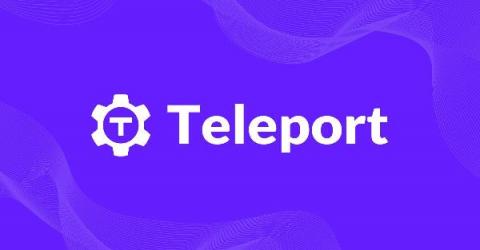How to Implement Scalable Access Controls with RBAC: Best Practices for Zero Trust Environments
In the arms race to secure environments, codifying permissions often becomes an afterthought in the wake of setting up a new access tool. I often speak with organizations that either don’t know who has permission to what, or have no permission definitions at all. I once onboarded an enterprise level digital communications company that was losing productivity trying to keep track of who had access to their Kubernetes resources.








